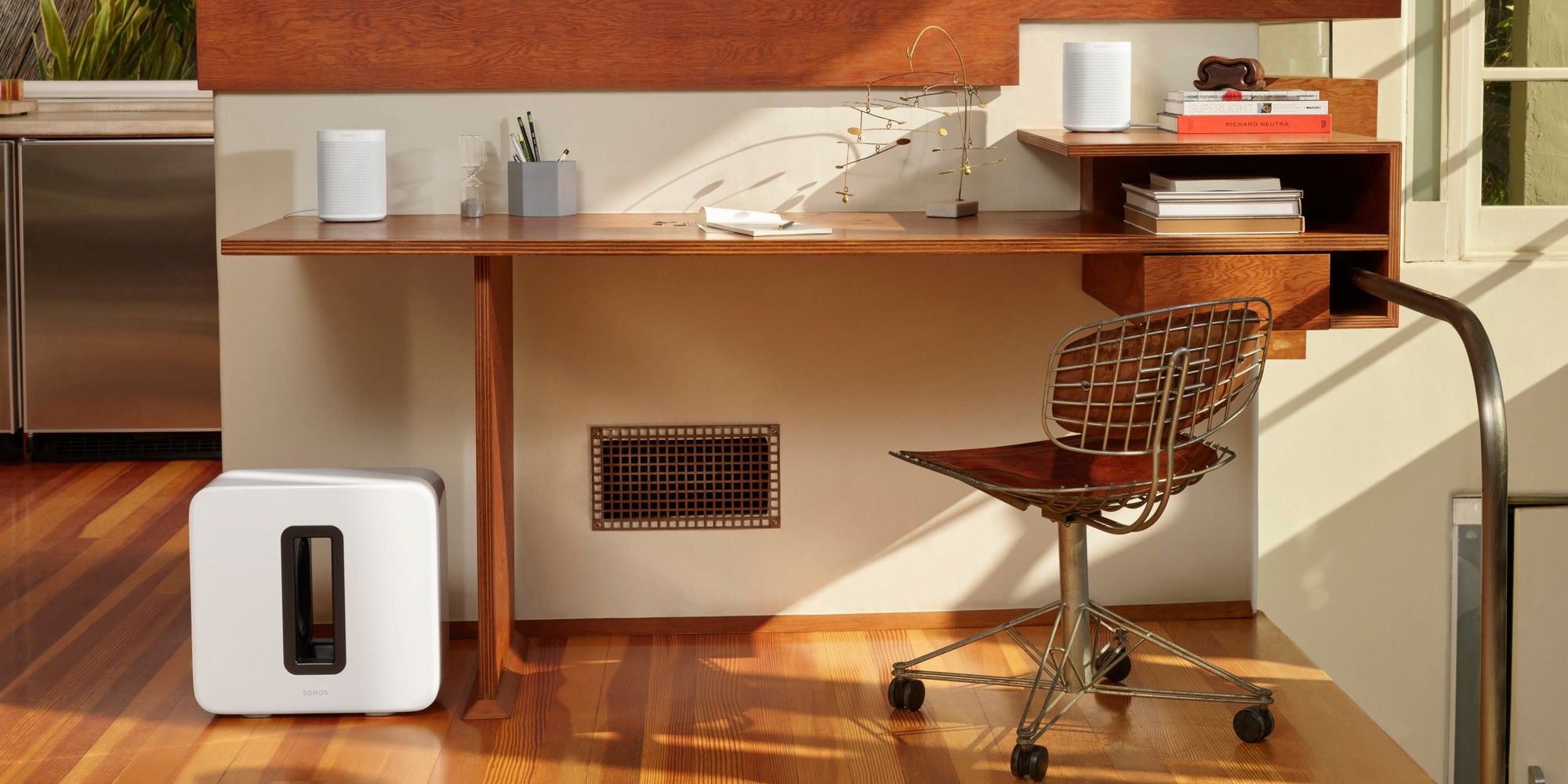Beginning today, Sonos users can add a second Sub to their existing home theater setup, as long as one of the Subs is a third-generation product. The update appeals to the more hardcore home theater fanatic, essentially doubling the low end response of their system when listening to music or watching action-packed content. That being said, one Sonos Sub tends to be more than enough for many.
Sonos is the premiere whole-home audio company on the market today, offering a wide range of products that fit a multitude of needs. The first generation of the Sonos Sub made its way to production in 2012, adding the powerful bass that had been missing in most of the company's previous offerings. Now that Sonos has immersed itself in formats like Dolby Atmos with the Sonos Arc, it's introducing another popular theme in traditional home theaters - the ability to add more than one subwoofer to balance out sound.
The twin Sonos Sub support is only available when paired with a Sonos Arc, Beam, Playbar, Playbase, or Amp as part of a system. Furthermore, the update is only an option in Sonos' S2 app, which is reserved for the company's newer products, and one of the Subs must be a third-generation model. Sonos says this is due to the third generation's added processing power. Whatever the case, Sonos customers with $699 to spend will be able to fill out the low frequencies in their home theater setup even more effectively than ever before.
Does Adding A Second Sub Make Sense?
In many respects, it might be hard to understand why someone might need a second Sonos Sub. Besides the premium cost, the Sub does a remarkable job of producing low end response in a home theater setup on its own. The Sonos Sub has a pair of Class-D digital amplifiers driving a pair of force-canceling drivers and capable of reaching a frequency response as low as 25Hz. Audio settings automatically equalize to balance the output coming from the Sub and the Sonos components it's paired with, though the Sonos app does have a fully adjustable EQ to work with as well.
However, a second sub is generally considered to be a great way to round out an existing system. Having two subs in different locations in a theater - this especially pertains to the Sonos Sub, which wirelessly communicates with other Sonos products and isn't required to be somewhere specific - provides more balance to the lower end by making it seem like bass isn't just coming from the one spot in the room. A dual-sub setup also means that users won't have to push a single sub as hard to achieve a desired sound, which bodes well for the longevity of the product. Essentially, it's hard to say that anyone actually needs a second Sonos Sub in their setup, but there's no denying the benefits that rocking a pair brings.
Source: Sonos


